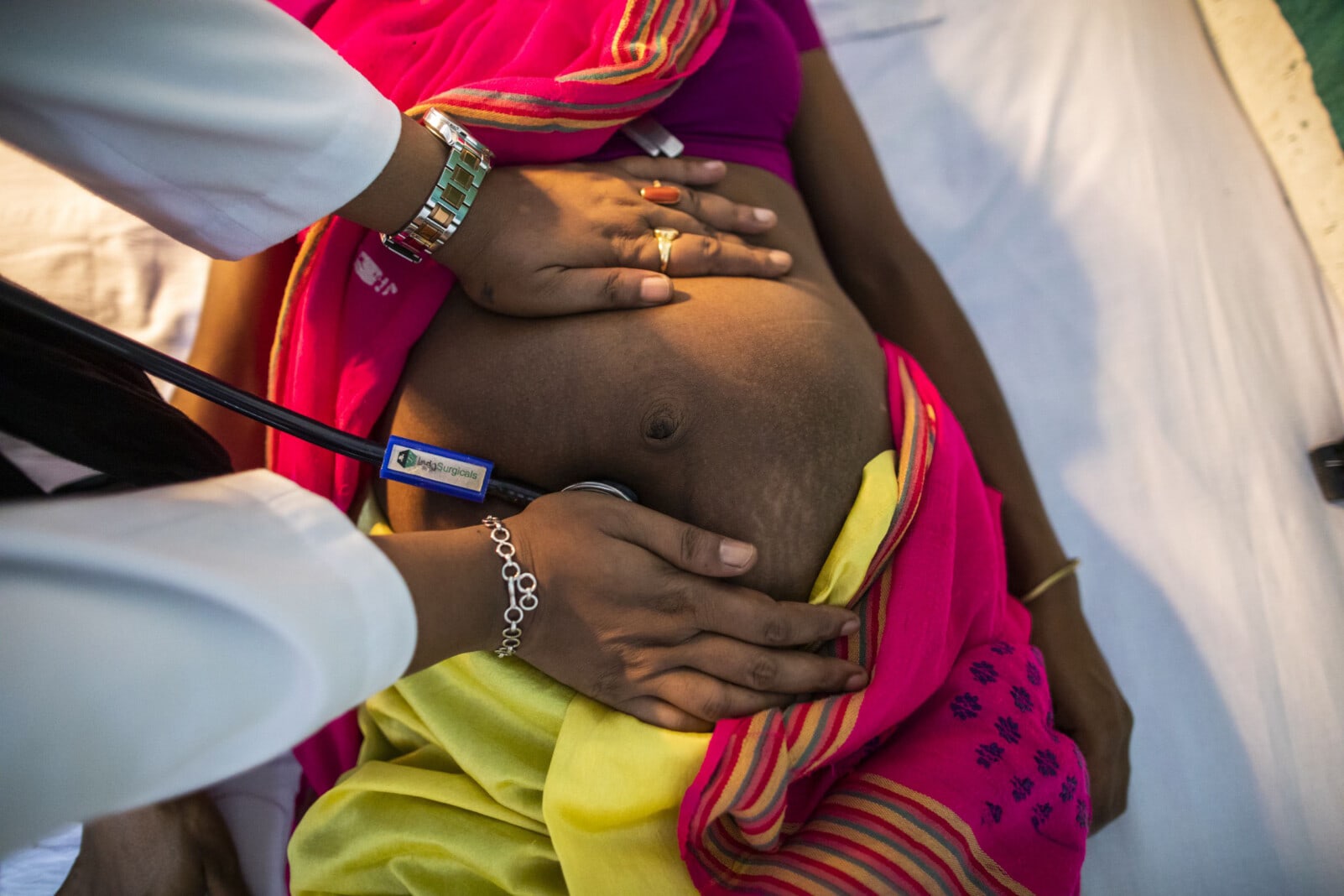Maternal mortality declined by 34 per cent between 2000 and 2020
Maternal mortality refers to deaths due to complications from pregnancy or childbirth. From 2000 to 2020, the global maternal mortality ratio (MMR) declined by 34 per cent – from 339 deaths to 223 deaths per 100,000 live births, according to UN inter-agency estimates. This translates into an average annual rate of reduction of 2.1 per cent. While substantive, this is about one third of the 6.4 per cent annual rate needed to achieve the Sustainable Development Goal (SDG) of 70 maternal deaths per 100,000 live births by 2030.
Though there has been significant progress in reducing global MMR between 2000 and 2015, the numbers have been stagnant when averaging rates of reduction between 2016 and 2022. In most regions, the rate of reduction stalled and in Western Europe and North America, and Latin America and the Caribbean, MMR increased over the 2016-2022 period.
Progress, however, is possible, but concerted action will be needed. A small number of countries have achieved an annual rate of reduction of 15 per cent or more in the last 20 years, bringing them closer or past their target reduction rates to meet global goals. UNICEF, World Health Organization and other partnering agencies are working closely with country governments and other partners to accelerate progress in maternal and newborn health. Through joint targets developed by the Every Newborn Action Plan (ENAP) and Ending Preventable Maternal Mortality (EPMM) groups, new strategies are being developed to ensure that every pregnant girl and woman receives essential interventions, including four or more antenatal care visits, childbirth assisted by a skilled birth attendant, and that both she and her newborn receive postnatal care within two days of birth. By increasing attention and investment, working collaboratively with governments, communities, and families, and focusing on the areas of greatest need, significant improvements can be seen in maternal health coverage and equity.
Levels of maternal mortality
The number of women and girls who died each year from complications of pregnancy and childbirth declined from 451,000 in 2000 to 287,000 in 2020. These improvements are particularly remarkable in light of rapid population growth in many of the countries where maternal deaths are highest. Still, almost 800 women are dying each day from complications in pregnancy and childbirth, which is equivalent to one every two minutes.
There are large inequalities in maternal survival between regions of the world and countries within those regions. In 2020, sub-Saharan Africa had 545 maternal deaths per 100,000 live births as compared to 4 in Australia and New Zealand. In fact, sub-Saharan Africa alone accounted for 70% of global maternal deaths in 2020.
Progress has stalled, and has been uneven. Regions with the highest burden of maternal mortality will require additional attention and investment to accelerate the rate of reduction. Improvements will be needed in both access and quality, for antenatal care, delivery, and postpartum care. Partnerships between political and community leaders, the health system, and other stakeholders will be needed to reach global goals and reduce these inequities.
Causes of maternal death
Maternal death can be caused directly by postpartum haemorrhage, pre-eclampsia and hypertensive disorders, pregnancy-related infections, and complications of unsafe abortion, as well as indirectly by pre-existing medical conditions aggravated by the pregnancy.
The complications leading to maternal death can occur without warning at any time during pregnancy and childbirth. However, some can be screened and prevented. That is why UNICEF and the partnering organizations are working to ensure that monitoring and identifying high risk pregnancies through antenatal care are available for every pregnant girl and woman.
Most maternal deaths can also be prevented if births are attended by skilled health personnel such as doctors, nurses or midwives. As complications require prompt access to quality obstetric services, these skilled health personnel, who are regularly supervised and have the proper equipment and supplies, can avert maternal death by providing life-saving drugs such as antibiotics, blood transfusions, caesarean sections, and other surgical interventions.
The causes of maternal death are mostly preventable
There are many social, economic, and environmental factors which influence the risk of maternal mortality. This includes social determinants of health, such as income, education, and environmental exposures; access to high-quality health care with sufficient numbers of competent, skilled providers, equipment, and medication; gender norms that devalue women and girls and limit their access to sexual and reproductive health care; and external factors such as political instability, conflicts, and climate change. These factors require intersectoral collaboration to improve maternal health and well-being at every stage.
Lifetime risk of maternal death
The lifetime risk of maternal death is the probability that a 15-year-old girl will die from complications of pregnancy or childbirth over her lifetime; it takes into account both the maternal mortality ratio and the total fertility rate (average number of births per woman during her reproductive years under current age-specific fertility rates). Thus, in a high-fertility setting, a woman faces the risk of maternal death multiple times, and her lifetime risk of death will be higher than in a low-fertility setting. Similar to maternal mortality ratio, the lifetime risk of maternal death varies largely across countries. In 2020, the lifetime risk of maternal death in low income countries as a whole was 1 in 49, compared to 1 in 5,300 in high-income countries. Among regions, women in sub-Saharan Africa face the highest lifetime risk (1 in 41), which is approximately 268 times higher than in Western Europe (1 in 11,000).
The lifetime risk of maternal death ranges from 1 in 5,300 in high income countries to 1 in 49 in low income countries
References
WHO, UNICEF, UNFPA, The World Bank Group and the United Nations Population Division, Trends in Maternal Mortality: 2000 to 2020 WHO, Geneva, 2023
Data on maternal mortality
Maternal mortality data 2000 -2020
Resources
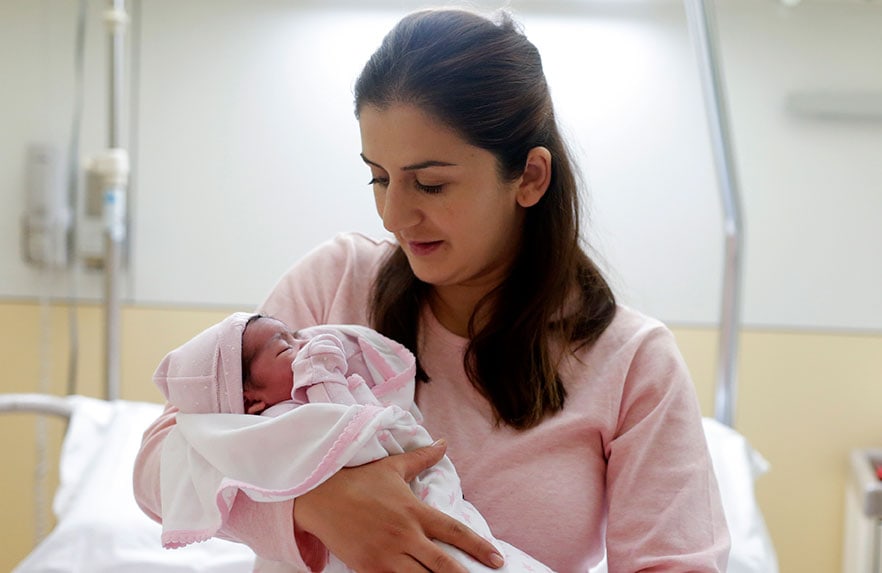
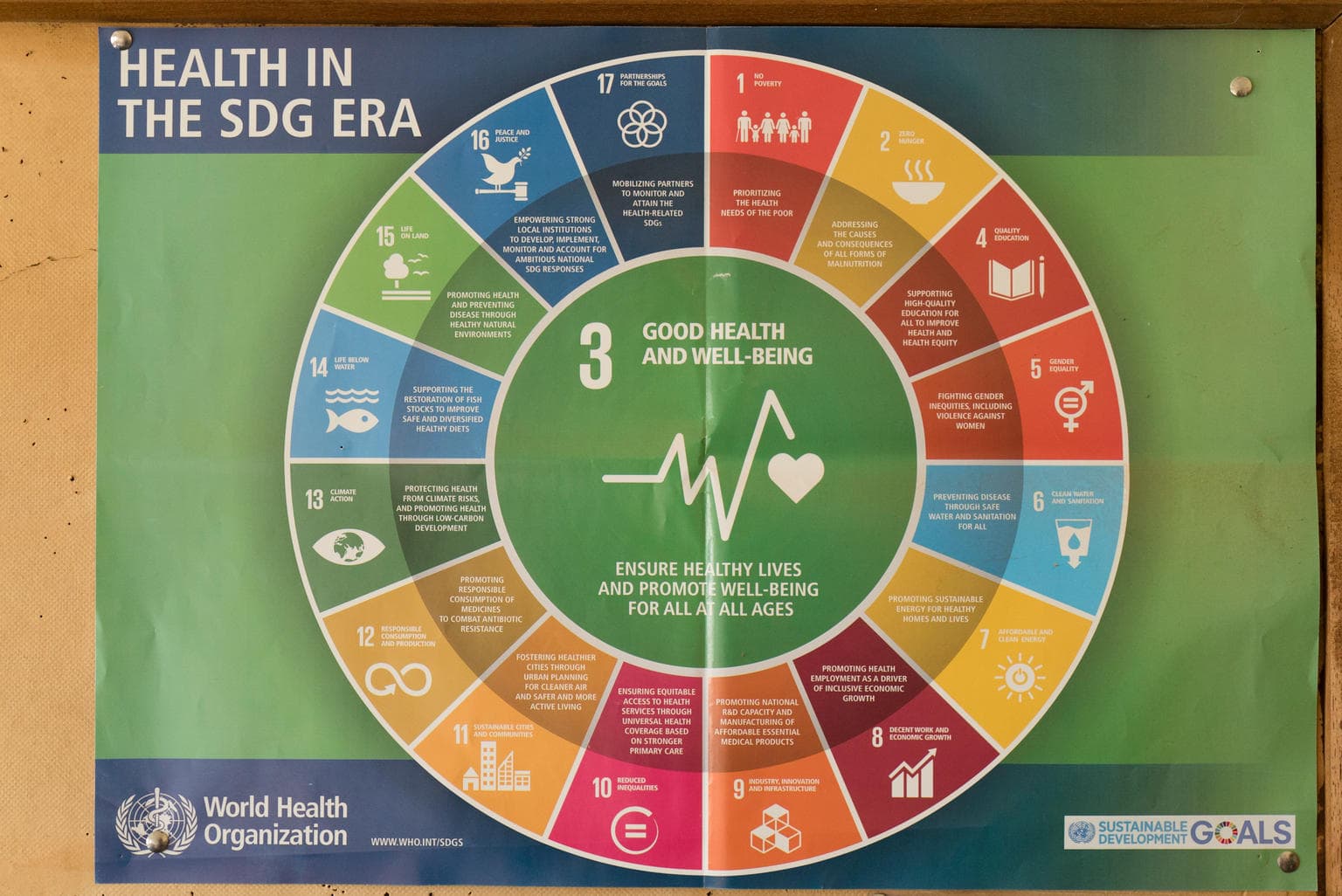
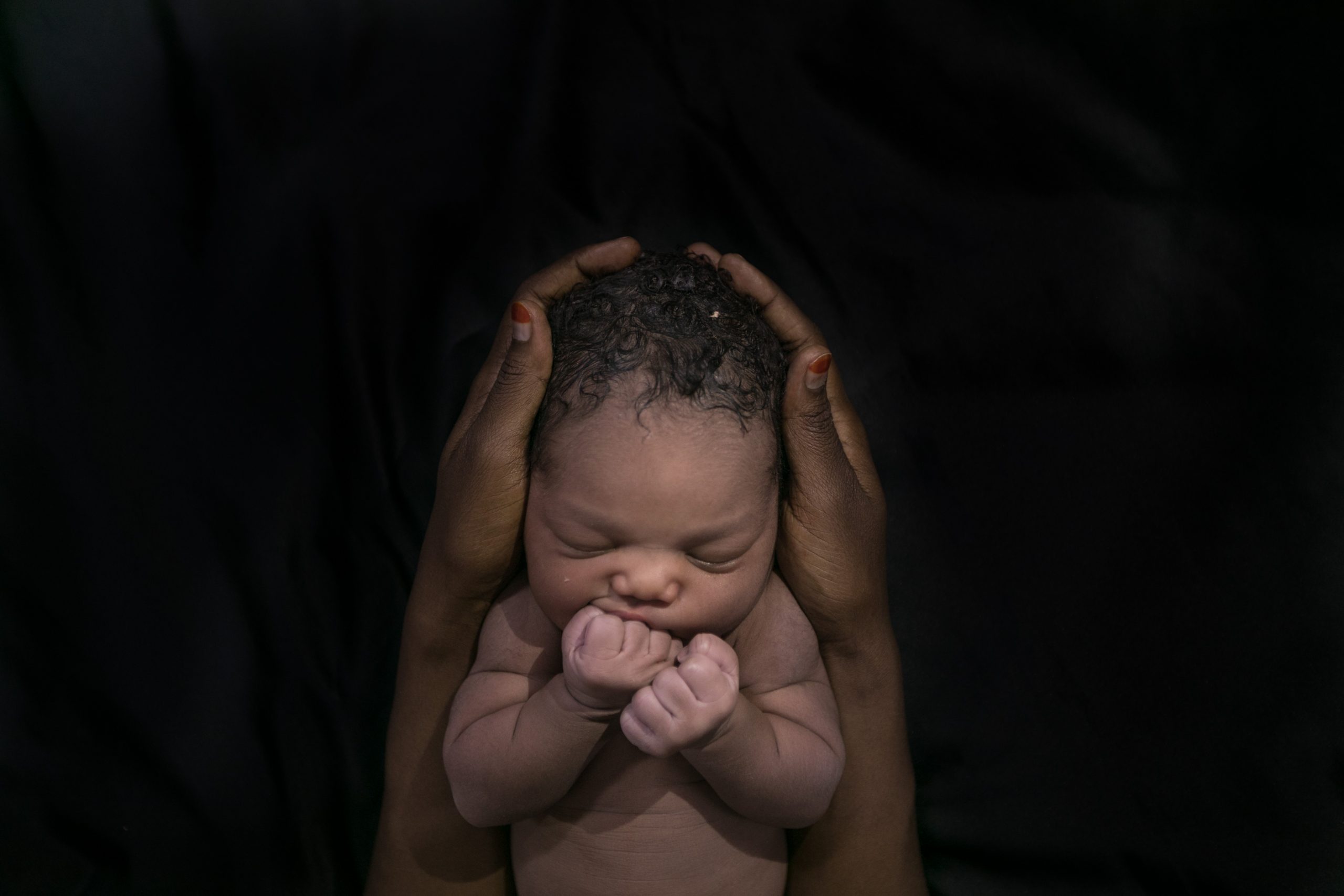
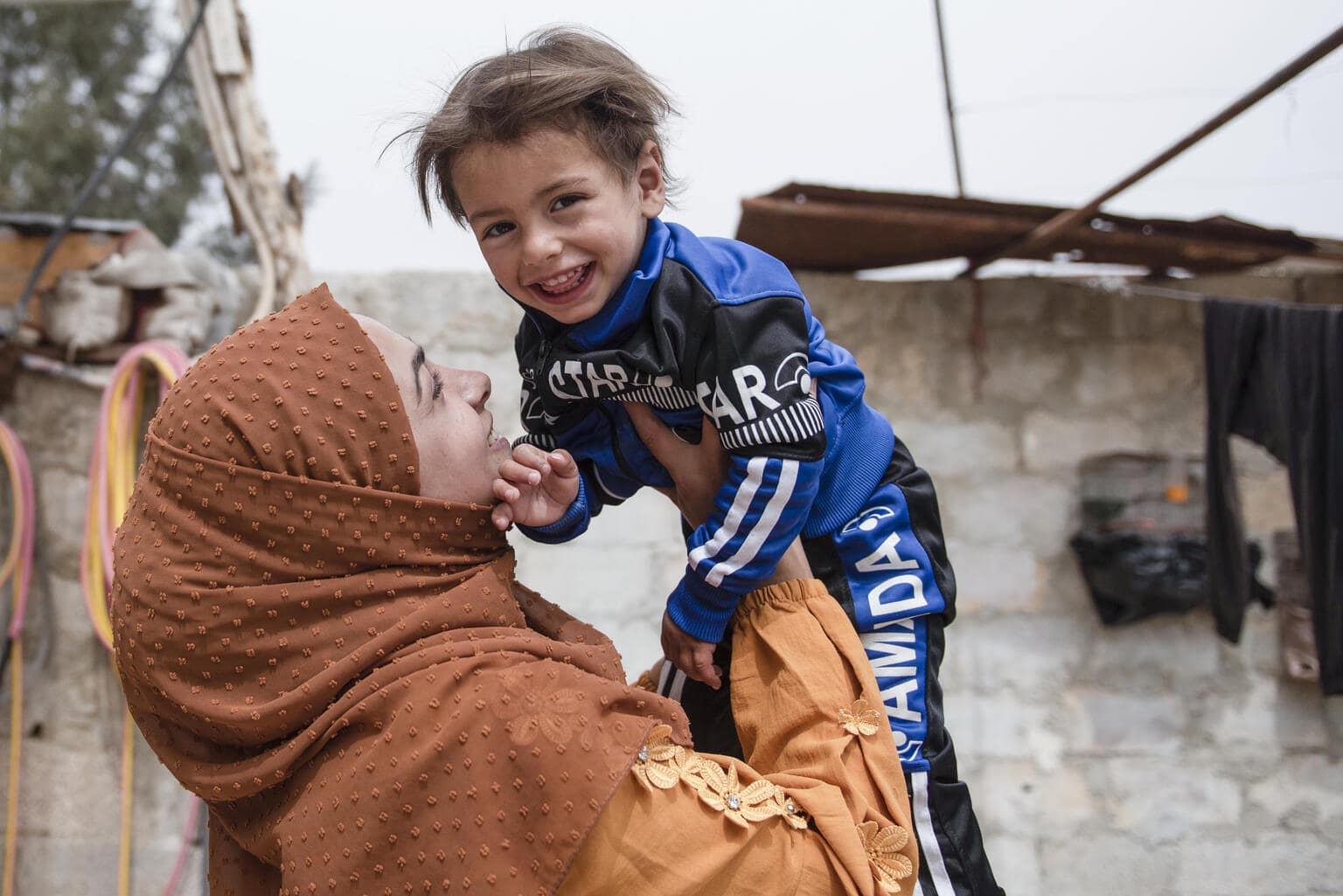
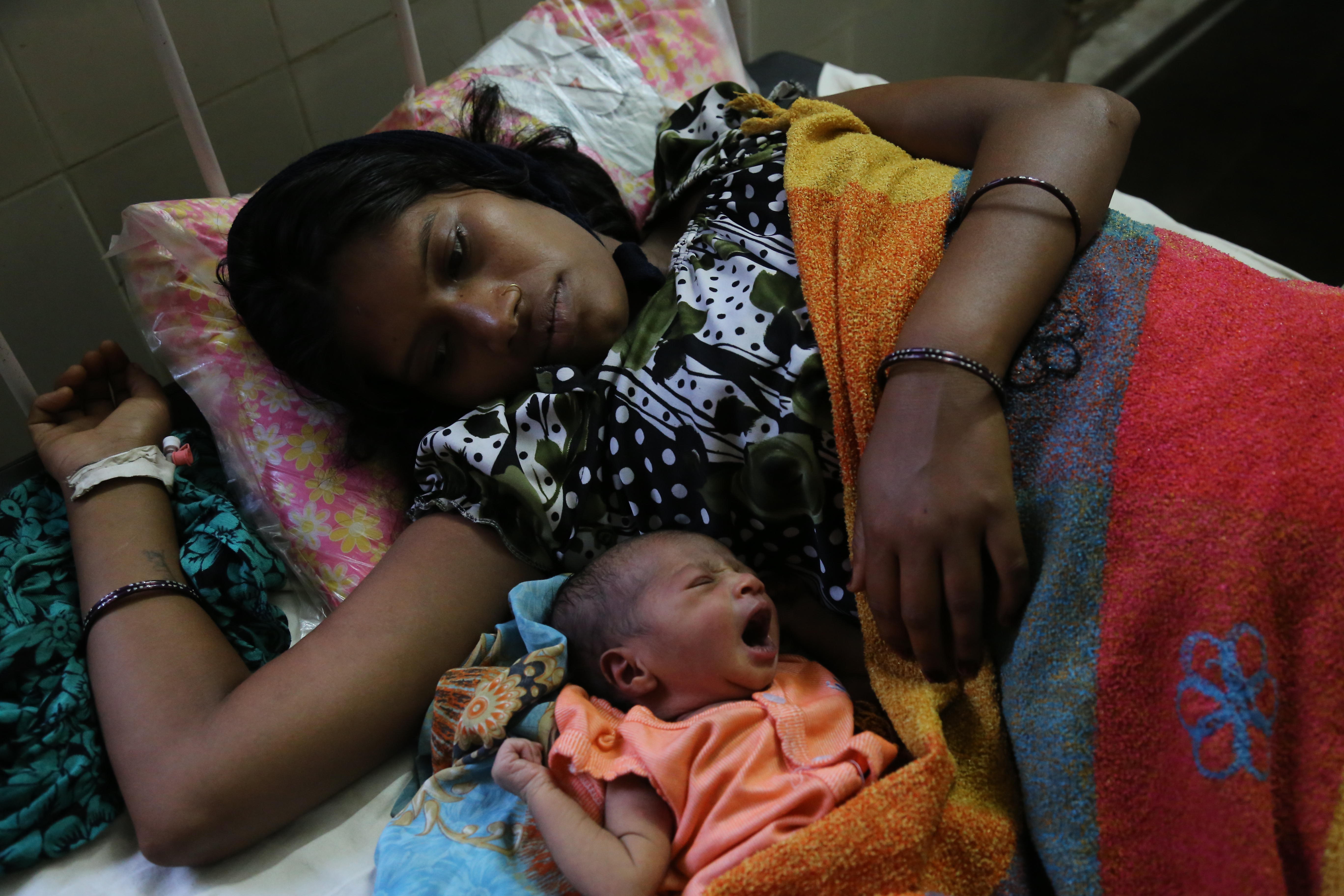
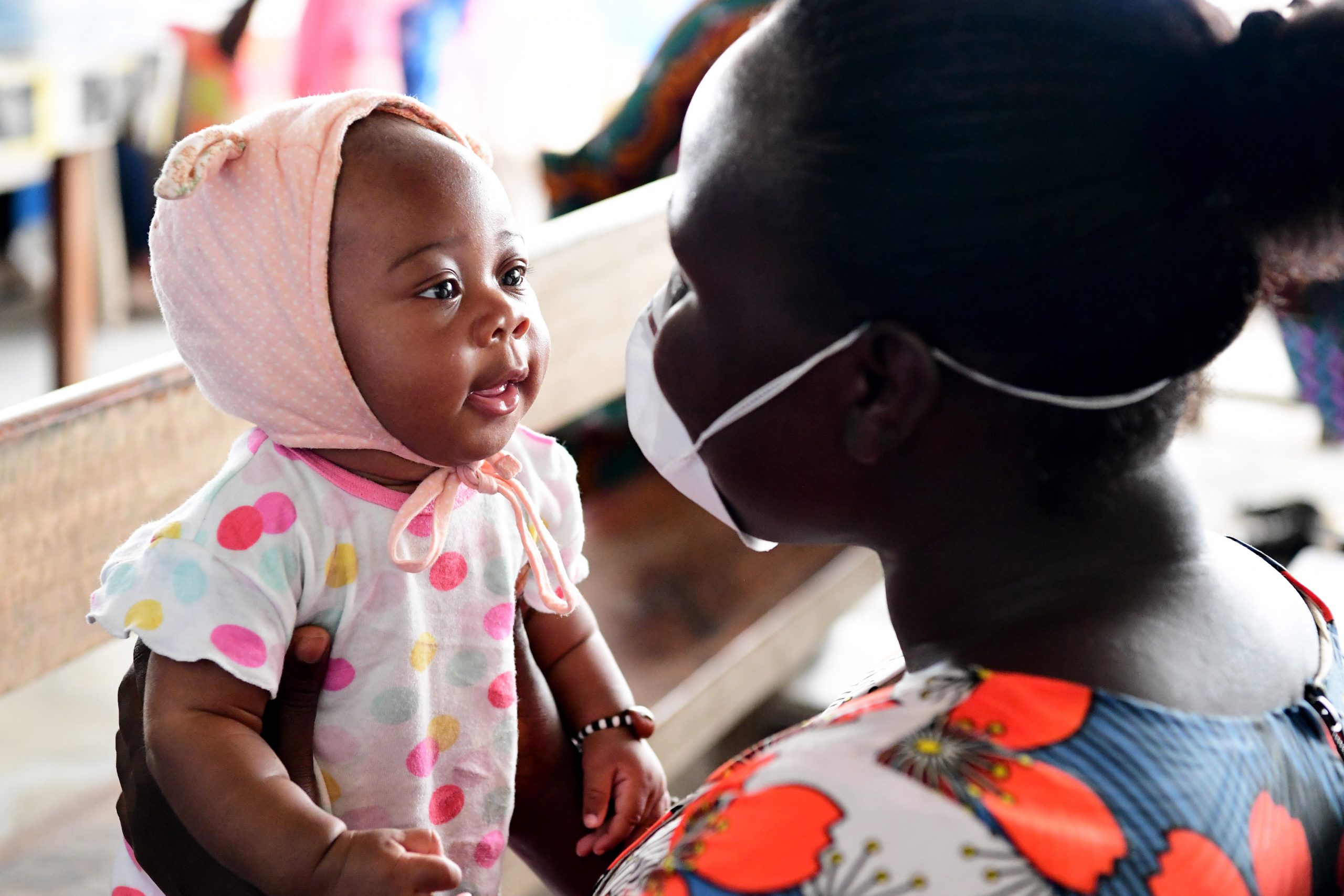
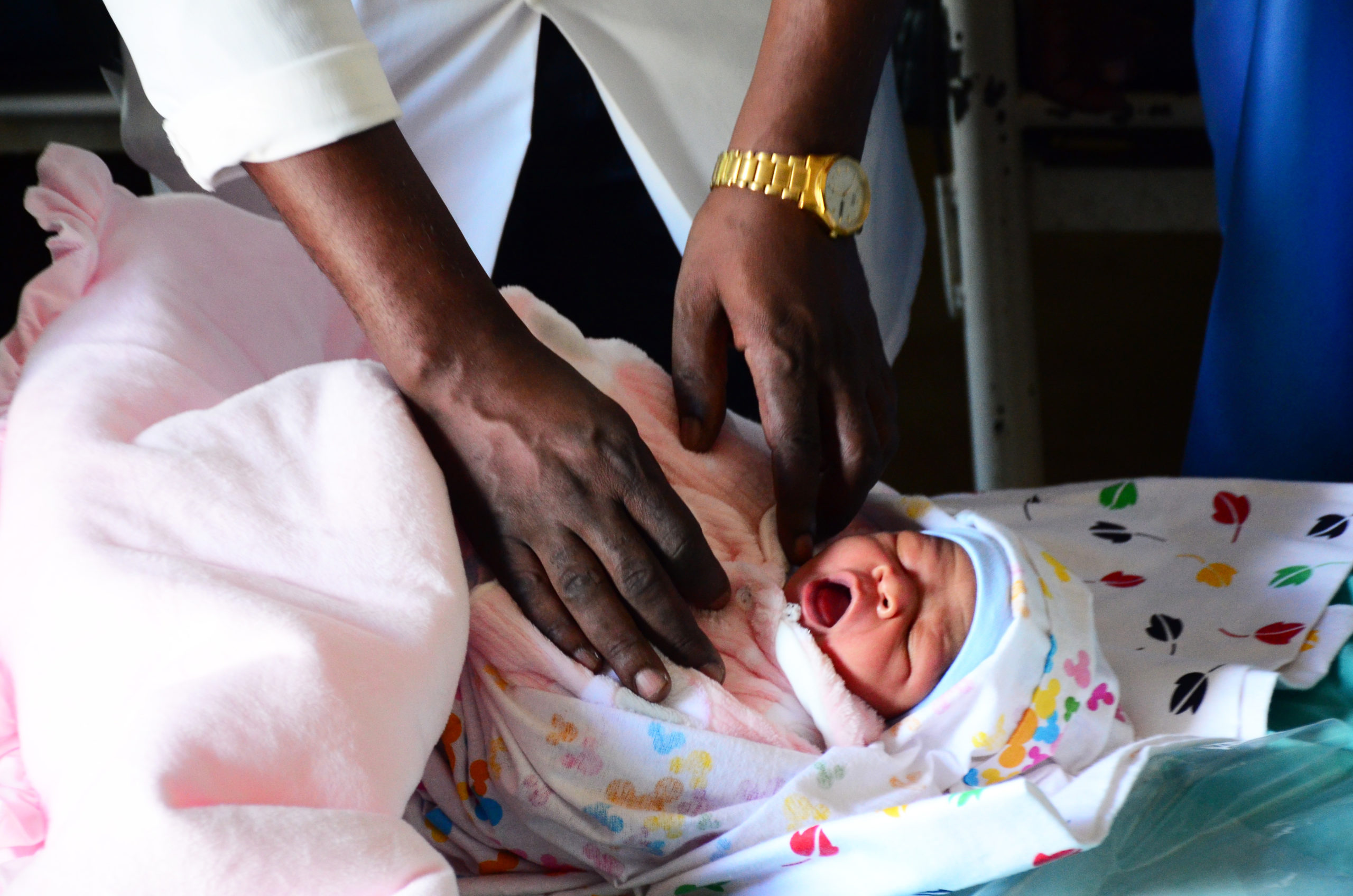

Notes on the data
| Sustainable Development Goal | Target | Indicator |
| Goal 3: Ensure healthy lives and promote well-being for all at all ages | Target 3.1: By 2030, reduce the global maternal mortality ratio to less than 70 per 100,000 live births | 3.1.1 Maternal mortality ratio |
Definition: The maternal mortality ratio (MMR) is defined as the number of maternal deaths during a given time period per 100,000 live births during the same time period. It depicts the risk of maternal death relative to the number of live births and essentially captures the risk of death in a single pregnancy or a single live birth. Maternal deaths: The annual number of female deaths from any cause related to or aggravated by pregnancy or its management (excluding accidental or incidental causes) during pregnancy and childbirth or within 42 days of termination of pregnancy, irrespective of the duration and site of the pregnancy, expressed per 100,000 live births, for a specified time period.
Rationale: All maternal mortality indicators derived from the 2019 estimation round include a point-estimate and an 80% uncertainty interval (UI). For those indicators where only point-estimates are reported in the text or tables, UIs can be obtained from supplementary material online. Both point-estimates and 80% UIs should be taken into account when assessing estimates. For example: The estimated 2017 global MMR is 211 (UI 199 to 243) This means: The point-estimate is 211 and the 80% uncertainty interval ranges 199 to 243.
The amount of data available for estimating an indicator and the quality of that data determine the width of an indicator’s UI. As data availability and quality improve, the certainty increases that an indicator’s true value lies close to the point-estimate.
For more information on the metadata please visit SDG metadata.
Maternal mortality country profiles
The profiles below detail the new round of estimates developed by WHO, UNICEF, UNFPA, World Bank Group and the United Nations Population Division for the years 2000-2017. For further information visit, Trends in maternal mortality: 2000–2017.
